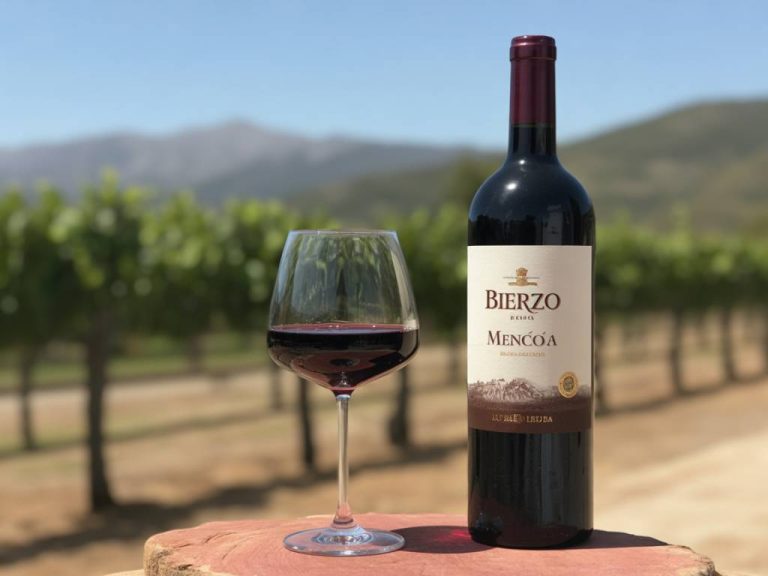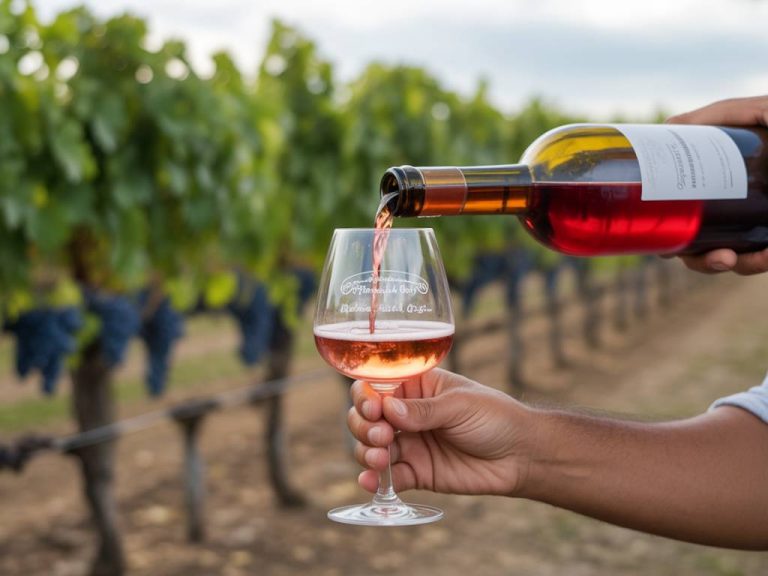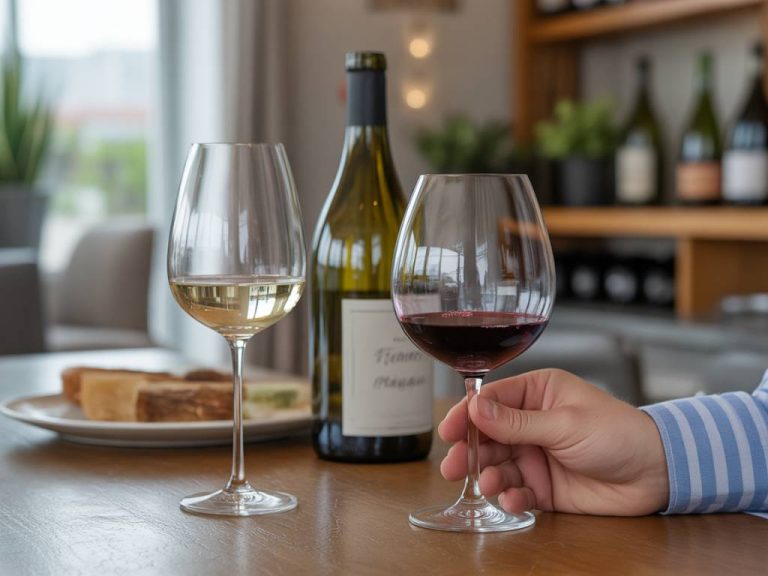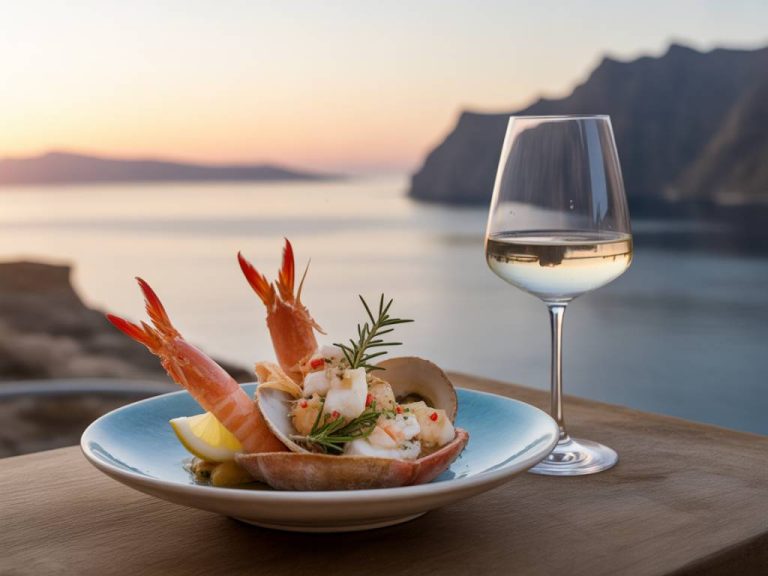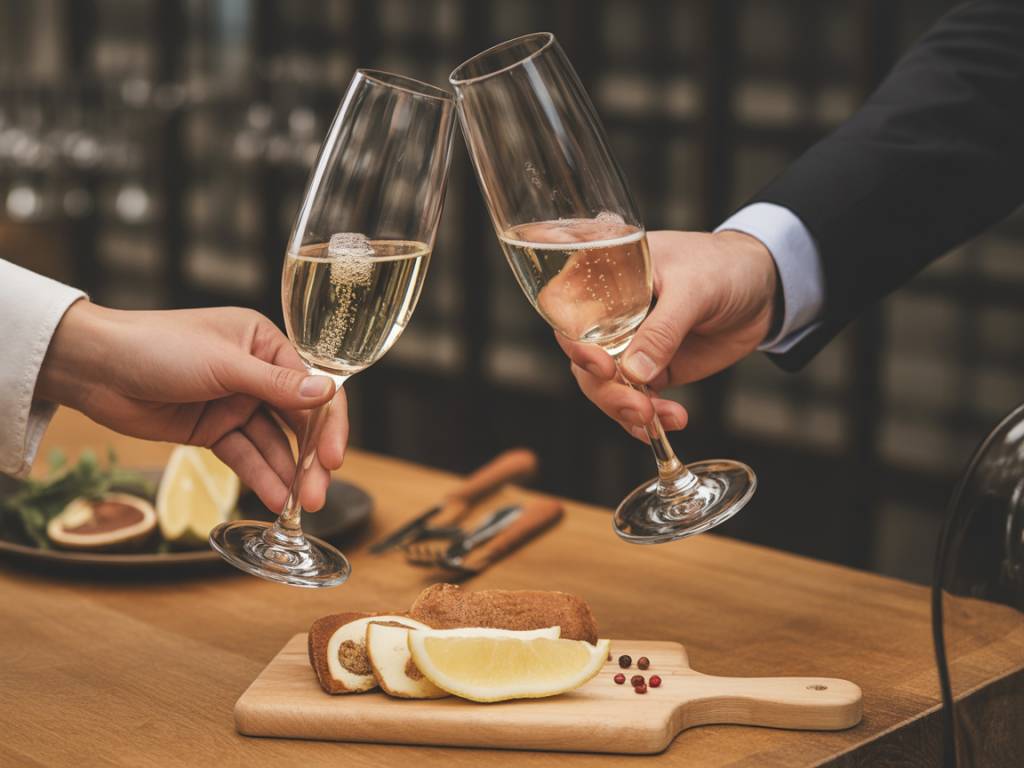
Dry sparkling wine essentials for toasting and pairing
Understanding Dry Sparkling Wine: Not All Bubbles Are Created Equal
When we talk about sparkling wine, most of us picture festive toasts, fluted glasses catching candlelight, and New Year’s Eve countdowns. But there’s a particular style that deserves more than just a celebratory sip: dry sparkling wine. Clean, crisp, and full of character, dry sparkling wines are not only made for toasting—they also shine at the table.
This article is your practical guide to dry sparkling wine: what makes it “dry,” how to recognize it, and how best to pair it with food. Consider it your cheat sheet, whether you’re stocking your home bar or curating a wine dinner for friends who think “Brut” is just another French insult.
What Makes a Sparkling Wine « Dry »?
Let’s start by debunking a common misconception: “dry” doesn’t mean flavorless or bland. In the world of wine, dryness refers to the amount of residual sugar left after fermentation. The drier the wine, the lower the sugar content.
Here’s a quick breakdown of common dryness levels in sparkling wine, listed from driest to sweetest:
- Brut Nature (or Brut Zéro): No added sugar, razor-sharp acidity.
- Extra Brut: Very dry, residual sugar under 6 g/L.
- Brut: Dry, but with a hint of softness (up to 12 g/L).
- Extra Dry: Slightly sweeter than Brut, surprisingly.
- Sect/Demi-Sec: Noticeably sweet, more of a dessert companion.
If you’re aiming for a versatile toast or a wine that can march through an entire meal, Brut and Extra Brut are your best bets. They balance freshness with complexity—like a good jazz solo: spontaneous, but with technical precision.
Not Just Champagne: Exploring Global Dry Sparklers
When people think of dry sparkling wine, Champagne often steals the spotlight. And rightly so—it’s the benchmark. But it’s far from the only game in town.
- Cava (Spain): Typically made from native grapes like Macabeo and Xarel-lo, Cava offers vibrant citrus notes and a distinct minerality. Bonus: it’s made using the traditional method (like Champagne) but usually comes at friendlier prices.
- Franciacorta (Italy): Italy’s answer to Champagne, using Chardonnay and Pinot Noir to craft elegant, dry bubbles with nutty, toasty undertones.
- Sekt (Germany): Germany’s sparkling pride. When labeled as ‘Trocken’ or ‘Brut’, expect crisp apple and stone fruit with bright acidity. Look for bottles made from Riesling for a uniquely expressive style.
- California Sparkling: You’ll find standout dry sparklers from Sonoma to Mendocino. Many producers use méthode traditionnelle and traditional varietals—Pinot Noir and Chardonnay—crafted with New World confidence.
Each region brings its own stamp, climate, and grape expression to the bottle. That means dry sparkling wine isn’t a one-size-fits-all experience—it’s a global passport for your palate.
Toasting with Dry Sparkling: Choosing the Right Bottle
Let’s talk logistics. Not every dry sparkling wine is suited for every occasion. If you’re hosting a toast—whether for a wedding, milestone birthday, or an impromptu Friday night—consider the following:
- Budget: You don’t need to break the bank. Spanish Cavas, for example, often punch above their weight. Use cost-effective bottles for large groups and save vintage Champagne for intimate affairs or significant life moments.
- Serving Style: For high-profile toasts, opt for wines with a clean, linear finish that won’t overshadow the moment. Brut Nature is a sharp, attention-worthy option if your guests are into bold flavors. Otherwise, Brut offers broader appeal without sacrificing sophistication.
- Glassware: Ditch the flute, if you dare. Yes, it’s classic—but a white wine glass will allow your dry sparkling to express more of its aromatics. Trust me, it’s worth the clink of surprise from your guests.
And if you’re wondering: no, there’s no industry rule that says you can’t toast with dry sparkling Rosé. Dry Rosé Champagne has structure, lift, and just enough fruit to make it both fun and refined. It’s the wine equivalent of wearing a tuxedo with sneakers—and pulling it off.
Pairing Dry Sparkling Wine with Food: A Sommelier’s Best Friend
Here’s a secret: there’s almost nothing dry sparkling wine can’t pair with. Its high acidity, effervescence, and minimal sugar make it one of the most versatile wines at your table. That said, a few combinations stand out—some expected, some wonderfully unconventional.
- Brut Nature with Oysters: A classic for a reason. The wine’s salinity and zippy acidity mirror the brininess of fresh oysters. A squeeze of lemon? Optional. The wine brings it.
- Brut Cava with Fried Foods: Forget beer—dry Cava cuts through grease like a culinary scalpel. Think tempura, fried chicken, or calamari.
- Franciacorta with Creamy Cheeses: Aged Franciacorta, especially a Satèn, pairs beautifully with triple-cream brie or even a mushroom risotto. Soft meets crisp in a memorable embrace.
- Dry Sparkling Rosé with Charcuterie: The acidity refreshes the palate, while the subtle berry notes complement cured meats like prosciutto or saucisson sec.
- Extra Brut Champagne with Sushi: Texture, freshness, and umami—that’s the trifecta here. The wine keeps pace with raw tuna, seaweed, even wasabi.
If in doubt, remember this rule: when the food is rich, the wine should slice through it like a straight razor. That’s where dry sparkling excels. The bubbles cleanse, the acidity balances, and the result is harmonious—like music in the mouth.
A Brief Note on Sugar Perception: Why Brut Tastes Different
Ever opened a bottle labeled “Brut” only to find it unexpectedly soft? That’s sugar perception at work. A wine’s dryness doesn’t lie solely in residual sugar content—it’s also about balance. A Brut sparkling with rich fruit and mellow acidity can taste rounder than its sugar level suggests.
Similarly, a Brut Nature Champagne with searing acidity and zero dosage might feel bone-dry—perhaps even too aggressive—depending on what you’re pairing it with or how temperature affects your palate.
My advice: know your bottle, and don’t just judge by the label. If you’re unsure, ask your wine shop for something with “structure” and “precision.” Those are code words for dry sparkler styles that don’t lean on fruit to fake sweetness.
How to Store and Serve Your Bubbles Right
Yes, bubbles are fun—but they also demand respect. A poorly stored sparkling wine is like a Beethoven sonata played through a smartphone speaker. Serve it right, and you’ll unlock its full potential.
- Storage: Keep bottles out of direct light, at a consistent temperature around 50–55°F (10–13°C). Store them horizontally to keep the cork hydrated, especially for longer aging.
- Chilling: Dry sparkling wines show best chilled but not ice-cold. Aim for 45–48°F (7–9°C). Over-chilling mutes aromatics and tightens the wine unnecessarily.
- Opening: Hold the cork, twist the bottle, and aim away from your face. A gentle whisper of gas—not an explosion—is what you want. Save the theatrics for magnums and movie villains.
A well-served sparkling wine doesn’t just taste better—it elevates the entire moment. Think of it as setting the stage before the performance starts.
Final Thoughts: Make Dry Sparkling Part of Your Rotation
We often associate dry sparkling wine with once-a-year celebrations, but it deserves a seat at the weekly dinner table—and frankly, the lunch table too. It’s a bridge between food and festivity, between elegance and pleasure.
Whether you’re exploring biodynamic Brut Rosé from Oregon, a grower Champagne from the Montagne de Reims, or a crisp Sonoma sparkler made by méthode traditionnelle, dry sparkling wine offers more than moments—it creates them.
So next time you feel like toasting—whether to a promotion, a Tuesday, or simply a perfectly poached egg—reach for that bottle of dry bubbly. Raise your glass, and remember: bubbles have depth too.
